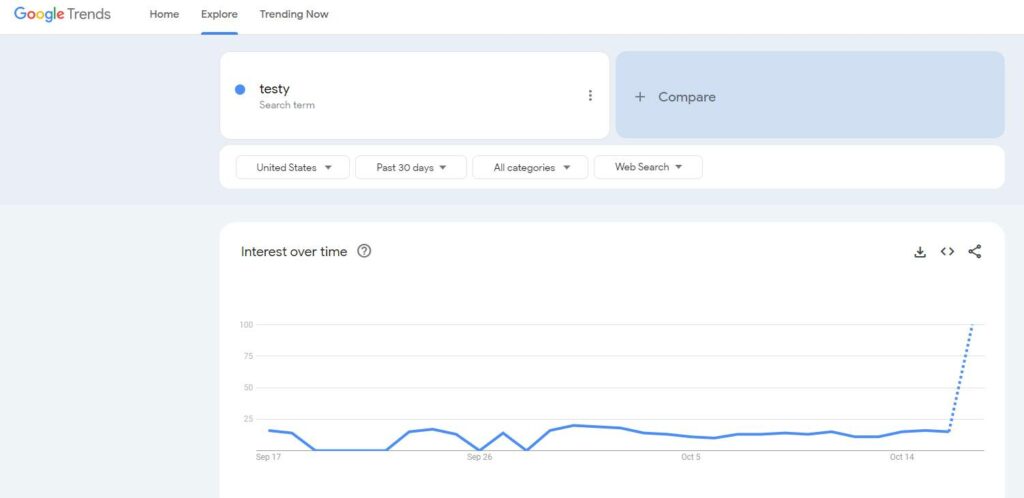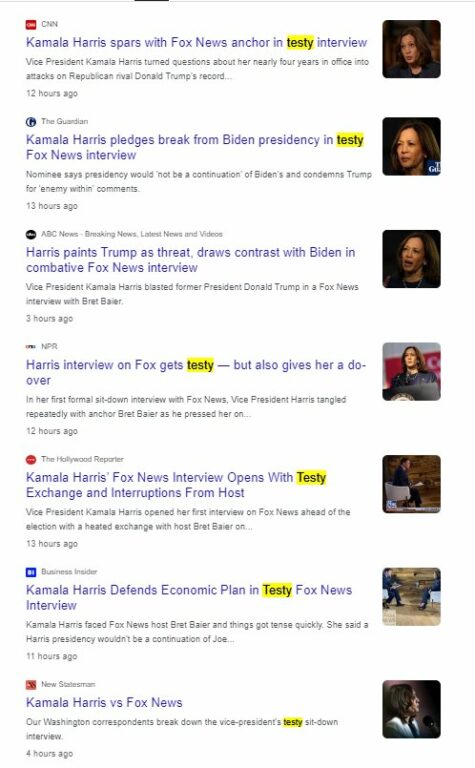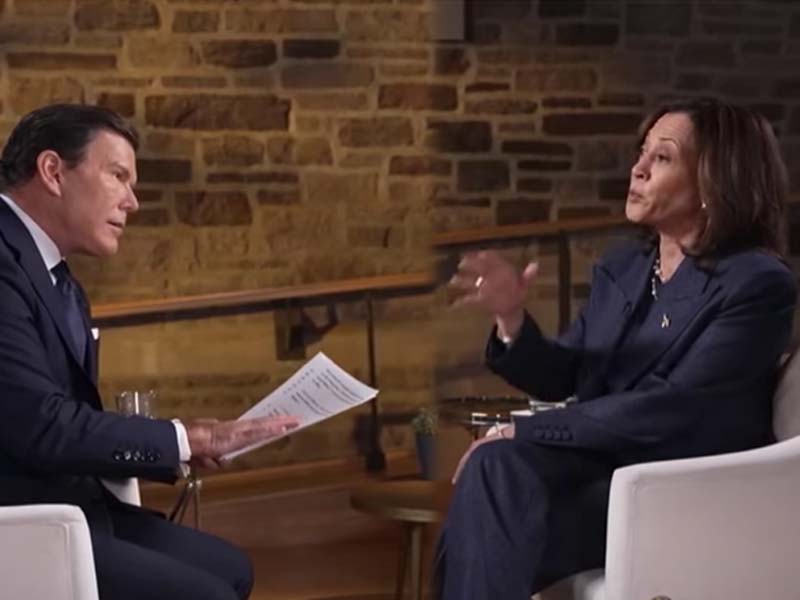Recently, the media has been fixated on Kamala Harris’s interviews, with a particular word dominating the headlines: “testy.” Virtually every major outlet, from CNN to MSNBC, has described Harris’s responses as “testy” after a string of challenging interviews where she defended her policy positions on fracking, immigration, and the economy.
The coordinated use of this specific term across multiple platforms has sparked speculation that there might be more at play than just coincidence.
Some observers are questioning whether talking points are being fed to mainstream media outlets, possibly from the DNC, the White House, or Harris’s campaign.
The striking similarity in coverage has led to growing mistrust, with critics suggesting that the media is parroting a narrative crafted to cast Harris’s assertiveness in a particular light. While journalists often use similar language to describe events, the widespread use of “testy” in this case seems unusually synchronized. It’s even more suspicious when outlets with typically different political leanings use the exact same phrasing.
Today, “Testy” is trending on Google search.

This has reignited conversations about the credibility of mainstream media and its relationship with political figures. Are these outlets merely echoing each other’s coverage, or is there a more coordinated effort to shape public perception of Harris’s candidacy? Some are even wondering whether this is part of a strategy to manage the public’s perception of Harris’s demeanor as she faces increasing pressure on the campaign trail.

Whether this is the result of deliberate talking points being handed out or just an example of media groupthink, it has fueled speculation about how independent the press really is when covering high-profile politicians like Kamala Harris. The uniformity of these headlines is prompting many to take a closer look at how the media shapes political narratives.

